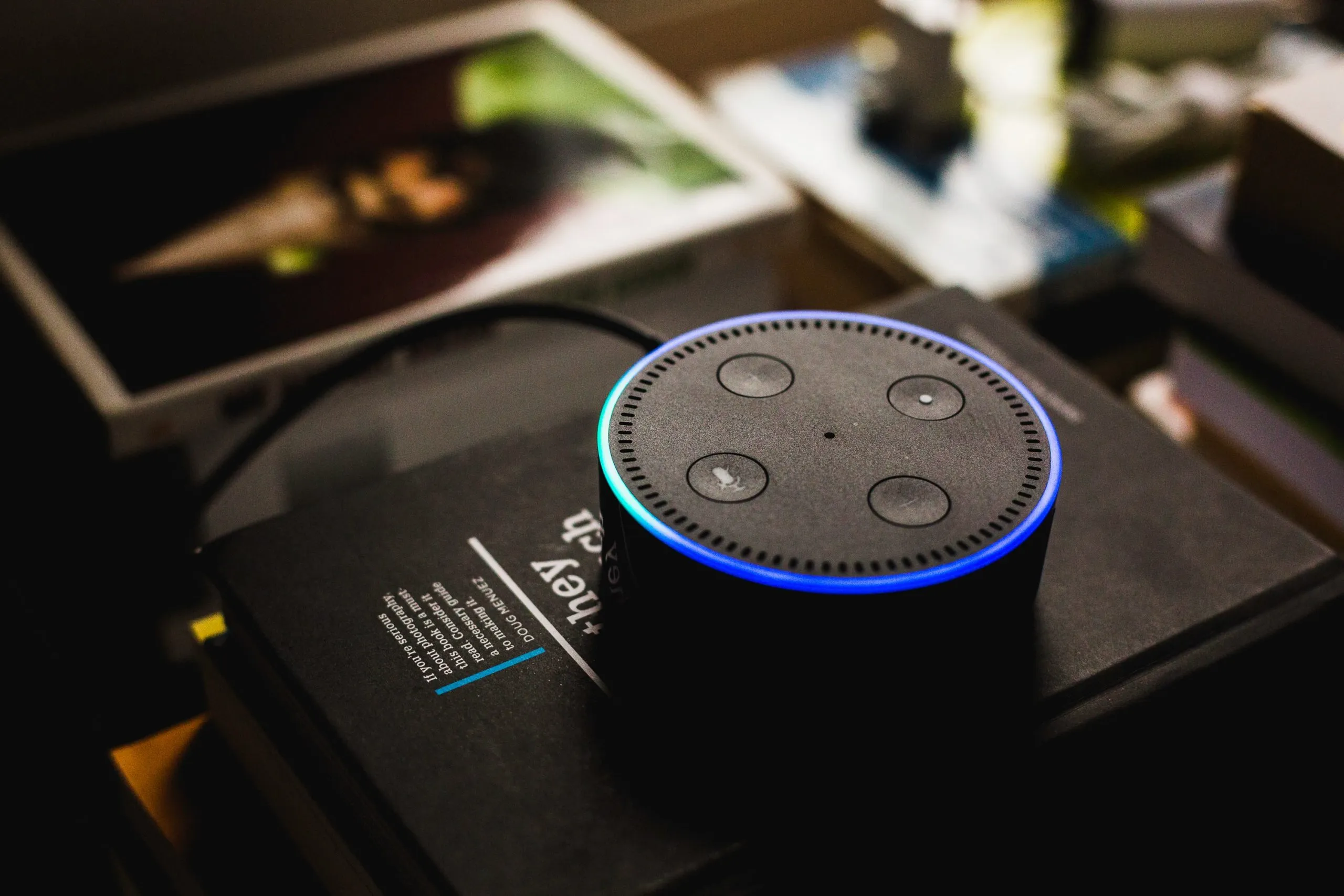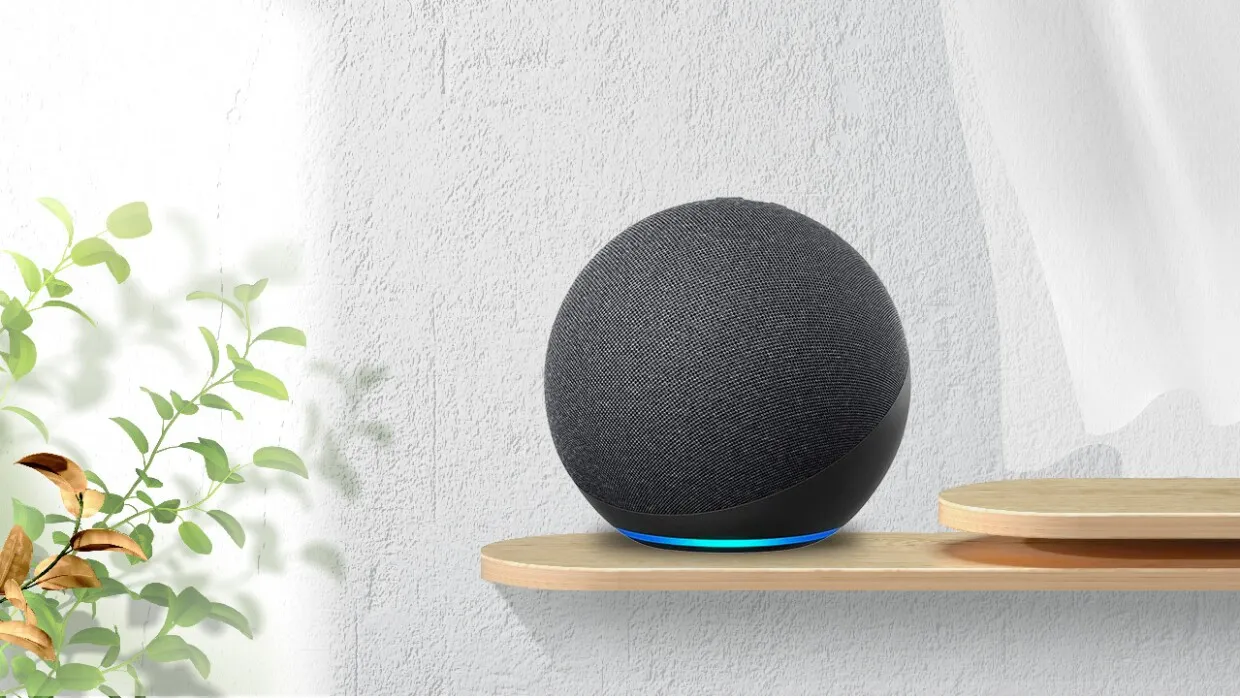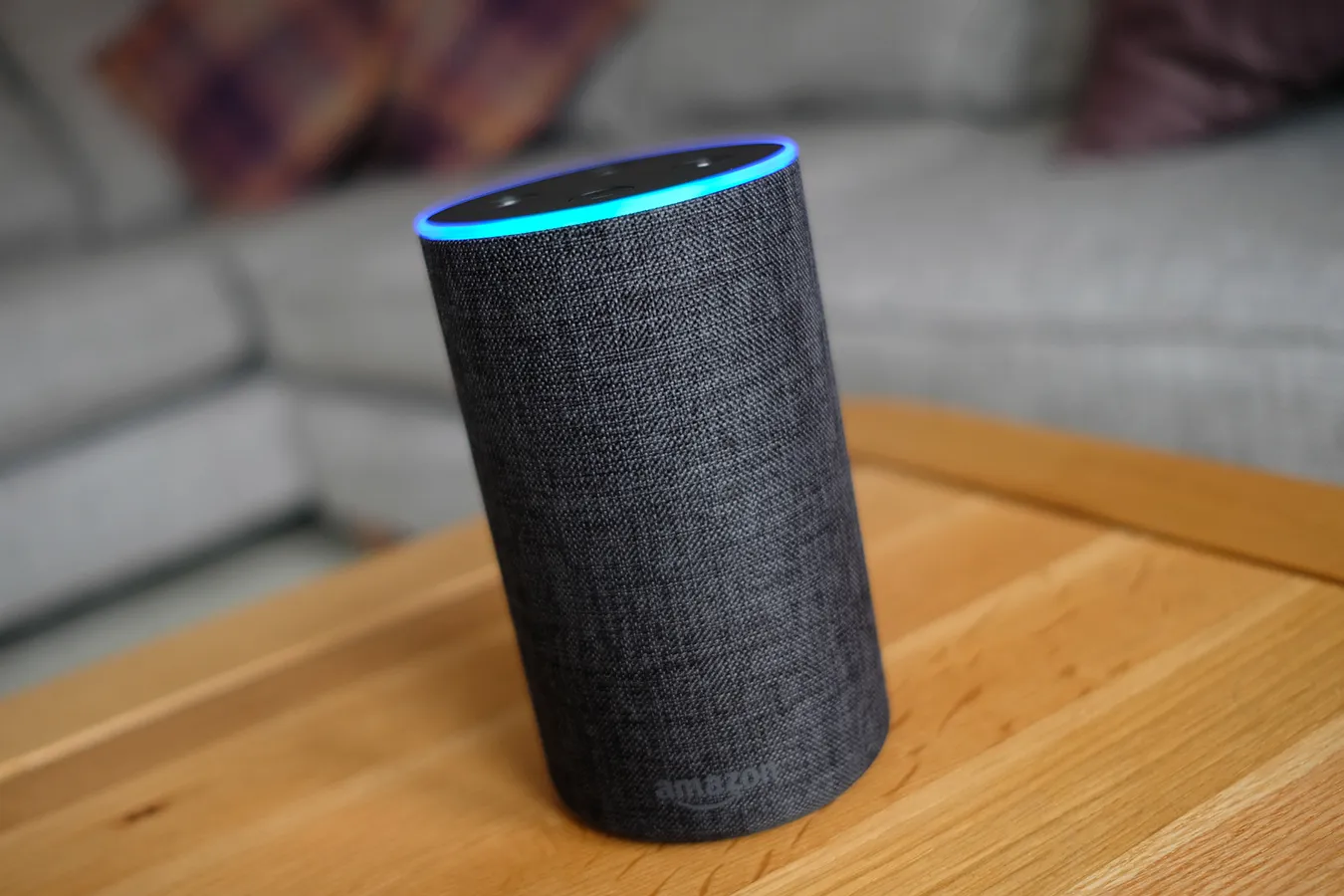In the ever-evolving world of smart home technology, Amazon is poised to make a groundbreaking enhancement to Alexa, its widely-used voice assistant. The tech giant has signaled a significant upgrade that promises to transform how users engage with their devices at home, potentially introducing a new era of interactivity with artificial intelligence.

Amazon Sets the Stage for an AI-Enhanced Alexa
Scheduled for a grand reveal on February 26 in New York, Amazon is set to unveil what is likely to be its most significant update to Alexa since its debut in 2014. Under the leadership of Panos Panay, a former Microsoft executive renowned for his work on the Surface product line, the event will showcase Alexa’s enhanced capabilities, particularly its new generative AI features.
These advanced features are expected to enable Alexa to handle more complex, multistep tasks and engage in more natural, contextual conversations—skills that are becoming increasingly common in digital assistants but have not yet been seen in Amazon’s offerings at this scale.
Transforming Interaction with Technology
Currently, Alexa processes commands one at a time, a limitation that new AI upgrades are set to overcome. With competitors like OpenAI and Google introducing assistants that can multitask and handle complex requests, Amazon’s update could not come at a more critical time. The shift towards generative AI could significantly impact Alexa’s functionality, making it not just a tool for simple commands but a central hub for managing a multitude of tasks and interactions in a household.

As highlighted by Amazon, “The event will highlight the latest innovations from the Alexa team,” though specific details have not been disclosed. This advancement is expected to leverage the massive install base of over half a billion Alexa-enabled devices globally, redefining user interaction and setting a new standard for what voice assistants can do.
A Future of Expanded Capabilities and Potential Subscription Models
With this upgrade, Amazon is also reportedly considering a new revenue model that includes a paid tier, offering more advanced capabilities for a monthly fee, while maintaining a free version of Alexa. This strategic move could address the growing demand for more sophisticated home automation solutions and mirror the broader industry trend where premium services are gated behind a subscription.
Moreover, the smart home sector continues to heat up with rumors of Apple’s new Siri-powered, wall-mounted display that could control household devices, indicating a significant push from other tech giants to dominate this space. This device, expected to launch in March, signifies Apple’s intensified efforts to carve a substantial presence in the smart home market, directly challenging leaders like Google and Amazon.

As we approach the unveiling date, the anticipation builds not only around the new features of Alexa but also around the implications for the future of smart homes. Amazon’s initiative to integrate more profound, generative AI capabilities into Alexa could well set the stage for a new chapter in how we interact with our environments, making our homes smarter, more responsive, and increasingly connected.










